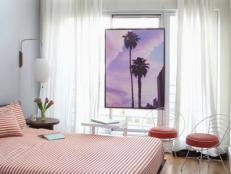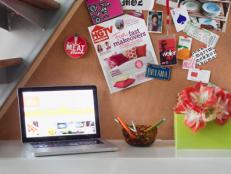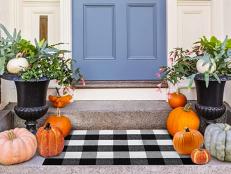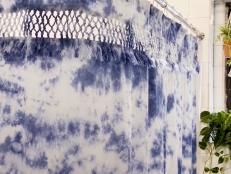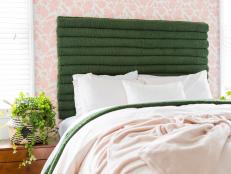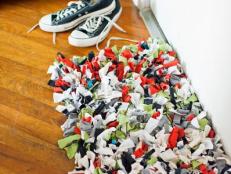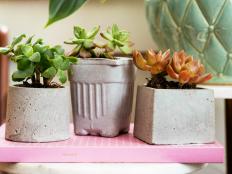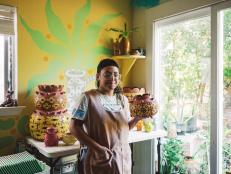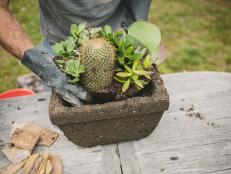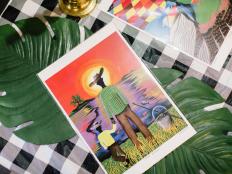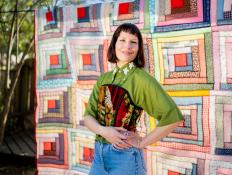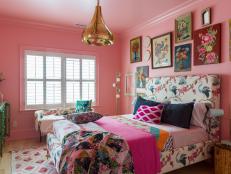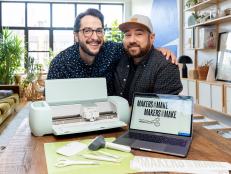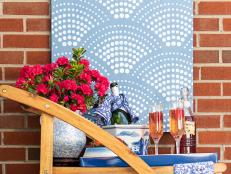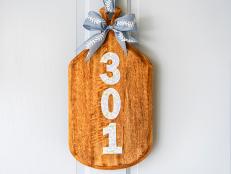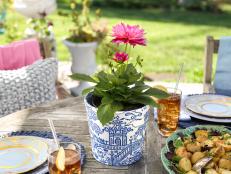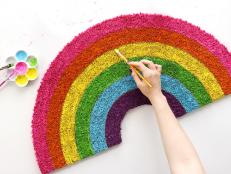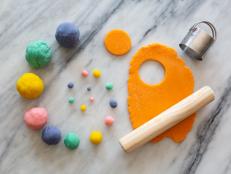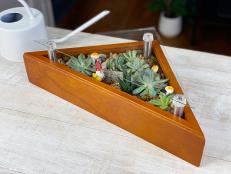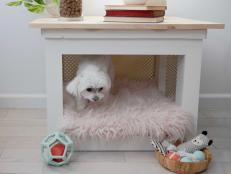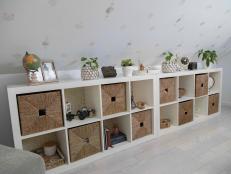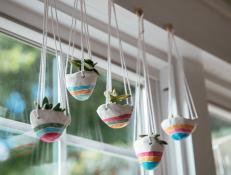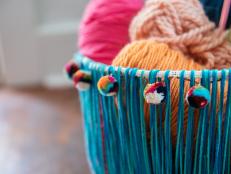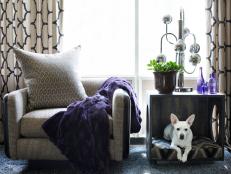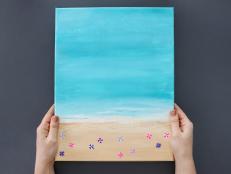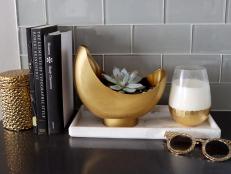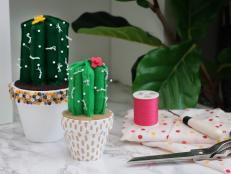How to Make One Large Custom Area Rug from Several Small Ones
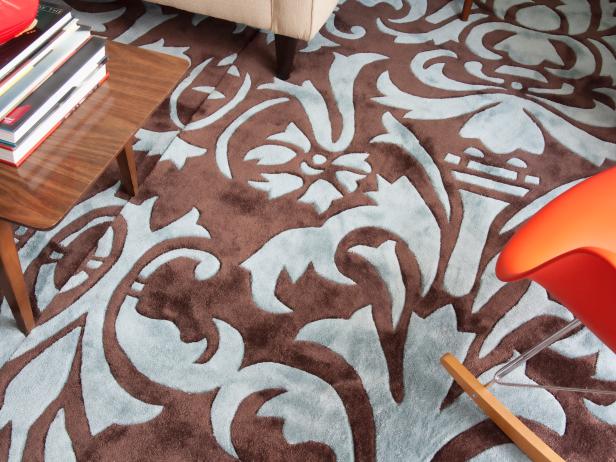
Those living in small spaces often turn to designers to help them maximize every inch of room. Beyond skilled allocation of space, designers can recommend techniques to trick the eye; for example, taking focus off a room's shortcomings and redirecting attention to carefully selected focal points such as area rugs. Designers know that smaller, modest-sized spaces can be extra challenging to furnish since most ready-made pieces are out of proportion with small-scale dimensions. To ensure key pieces will scale correctly for small spaces, it's wise to think outside of the box, creating something custom made to fit when possible. One of the easiest ways to do this is to transform ready-made area rugs into a perfectly sized custom rug.
The key to getting a custom look from off-the-shelf area rugs is to combine several together, giving the appearance of a large, custom-sized version. While this project is easy to do, success depends on selecting the right materials - not just any area rug will work. Solids are easy to use; depending on the rug's material, however, seams may appear prominent and detract from the intended illusion of one large solid piece. Textural rugs such as shag are often the best choice since the loose fibers of the shag hide the seams between each rug. Rugs with large-scale patterns make the most visual impact, especially since introducing a pattern into a cramped space can take focus off the lack of square footage and attract it to the bold pattern.
In order to successfully blend multiple area rugs with bold patterns, there are important details to keep in mind. First, be aware of where a rug's pattern repeat begins and ends. Lay several of the same style rugs out flat on the ground. If the repeat starts and ends in the same portion of each rug, this means they will match up seamlessly once strung together. On the other hand, if the pattern repeat is inconsistent among several of the same rugs, it's best not to use it. A few styles that are usually simple to match up include: plaid, stripes, zigzags and large-scale botanicals.
To add the look of a custom, large-scale graphic area rug in your own small space, follow these step-by-step instructions.
Materials Needed:
- several area rugs with large-scale repeats
- tape measure
- painter's tape
- duct tape or carpet tape
- pencil
- notepad
Measure Area
Use a tape measure to determine the dimensions of the floor surface the rug is intended to cover. Keep in mind that the area rug should sit at least six inches underneath furniture, particularly sofas, to give the illusion that the rug extends all the way to the wall. Jot dimensions down on notepad with pencil.
Mock Up With Painter's Tape
Referring to the notepad, tape off the floor in same dimensions as planned for the rug area. With tape laid out, stand back and confirm the rug encompasses all main furniture pieces, including sofas, tables and armchairs. TIP: The more surface area covered by the rug, the more likely it is to take focus away from a room's shortcomings.
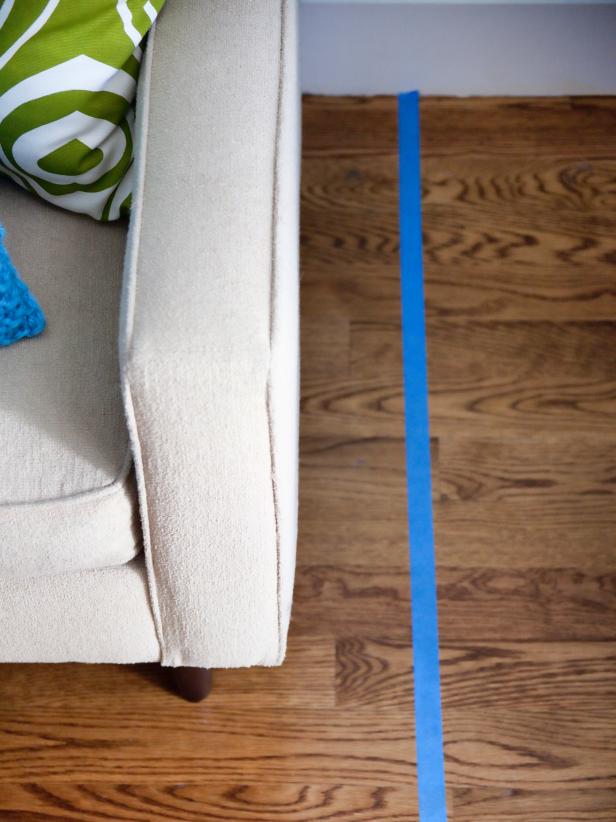
Fit Rugs to Mocked-Up Area
Unroll each rug, then lay them out side-by-side to ensure they properly fit inside the mocked up area. TIP: Many rugs are off by half an inch to two inches. If the span falls short or runs over the allotted space, reposition tape to reflect the exact parameters.
Identify Pattern Repeat
With all rugs laid side-by-side, next identify where the pattern repeat matches up on each rug. To do this, you may need to rotate each rug several times.
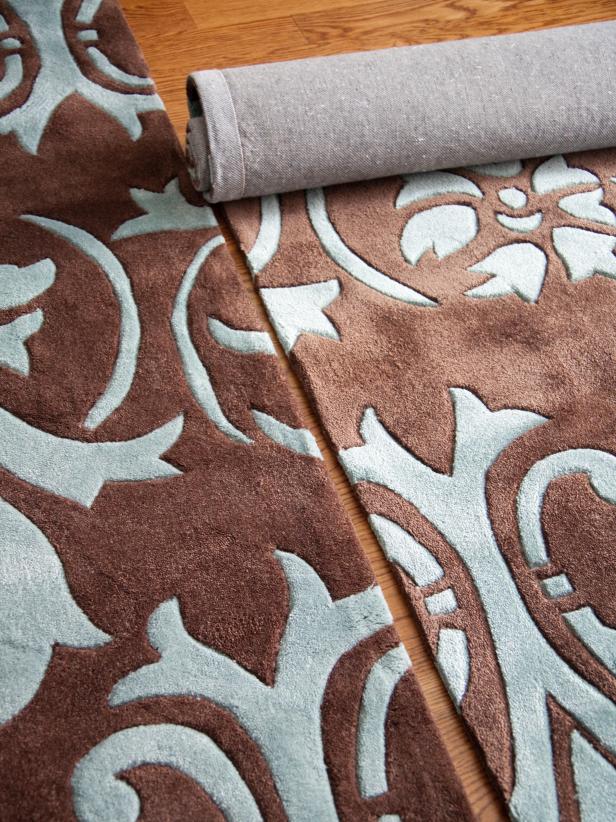
Match Up Repeats
Once the proper spot of each rug pattern's repeat is identified, lay out all rugs together. Confirm the pattern repeat seamlessly runs from one end of the area rug to the other.
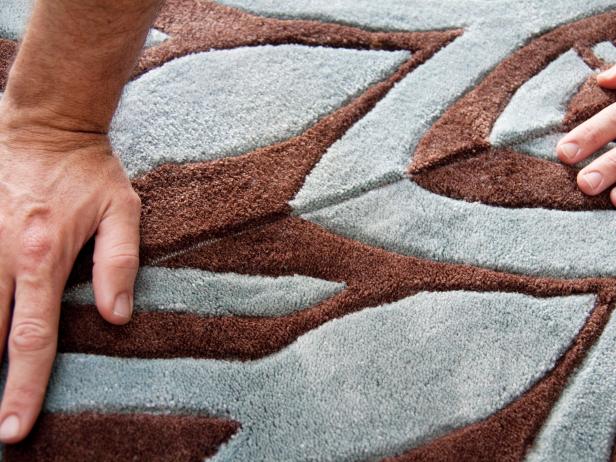
Tape Rugs From Side to Side
With the help of a friend, flip carpets over carefully to ensure they say in position so that the pattern repeat matches up. Add duct tape across the back of each rug horizontally.
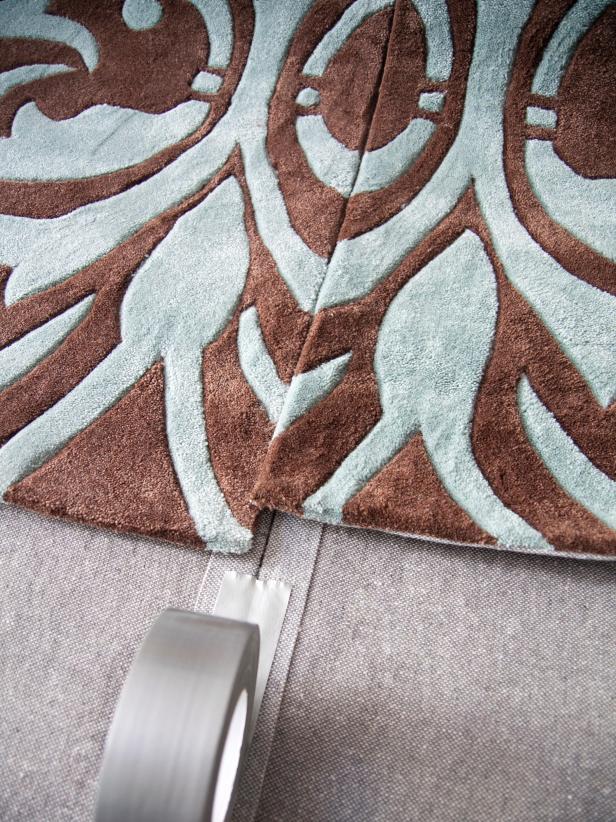
Tape Seams
Now that the rugs are held together side-by-side, firmly add duct tape along the seams where each rug meets.
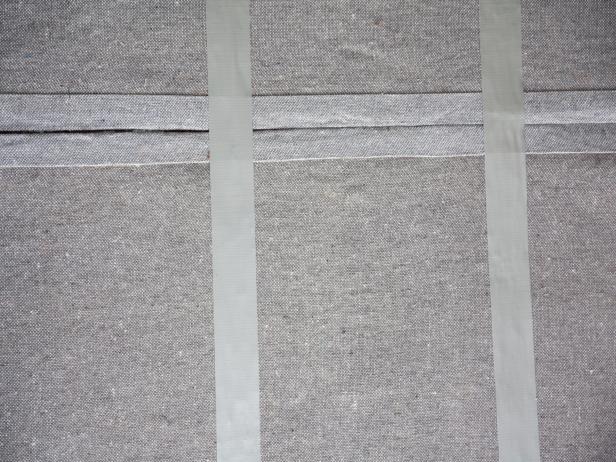
Check for Inconsistencies
It's likely that there will be a few areas in which the pattern repeat is slightly off. Identify any inconsistencies before deciding on final placement of the rug; assign inconsistent spots to inconspicuous areas such as under a sofa or against a wall.
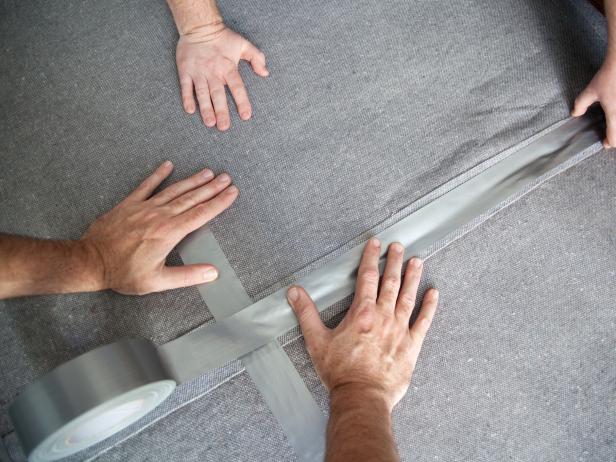
Walk on Seams
With the custom area rug in place, walk back and forth along the seams several times to push fibers down, helping to create more of a seamless look.
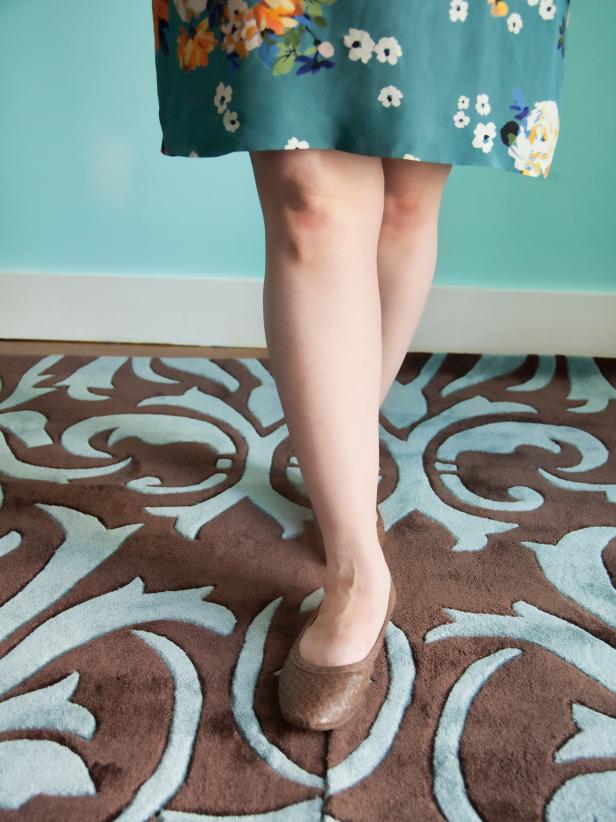
Place Furniture
Arrange furniture on area rug, then stand back and confirm the pattern repeat reads correctly. Try to place furniture so that the parameter of the rug fully encompasses all furnishings. If that's not possible, aim to have at least the front legs of furniture sitting on the rug, with at least six inches of the rug tucked underneath each piece of furniture.







